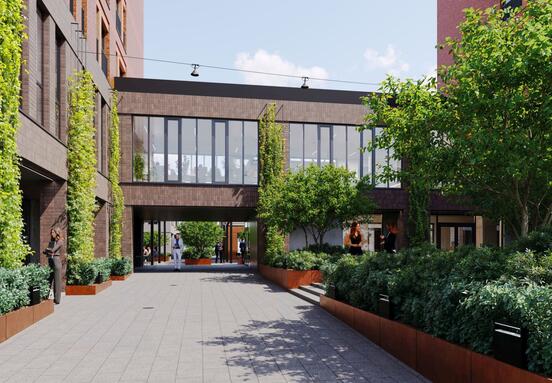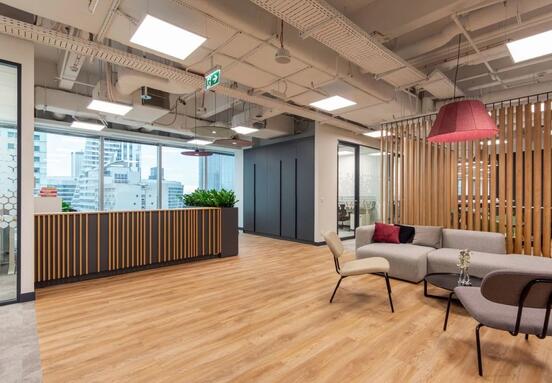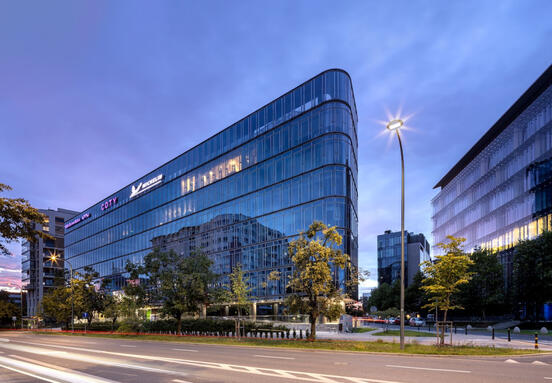Author: Monika Rajska-Wolińska, managing partner at Colliers International
Commercial property capitalization rates will continue to be under downward pressure. This is due to several factors: further inflow of capital from abroad and the related growing competition among current investors, ever-rising real estate prices in Western Europe, the deficit of investment product for sale in Warsaw and regional cities, as well as the current excess liquidity of fund managers.
High demand, low supply
Without doubt, the lack of availability of land plots will continue to have an impact on the real estate market. For several years now, we have seen a deficit of investment land without legal and technical defects in good locations. This applies not only to Warsaw, but also to regional cities. Developers' land banks are rapidly drying up, which is why there are increasing doubts as to whether investors will have land for new projects, both commercial and residential. Finding an attractive plot is becoming a greater challenge than finding employees in the construction sector and the rising costs of keeping them. Inevitably, this is affecting prices of land plots for construction, which are still rising. There are many indications that in 2020 this trend will continue, although it should stabilise. This situation is driven by foreign investors, including those from the Far East and South Africa, who are keen to invest in Polish land. However, the price rises will not be as spectacular as those that we have seen in the last three years as we are approaching the glass ceiling.
The land market for warehouse facilities, however, is different as it is governed by other laws. There, a bigger problem than the availability of land plots is the shortage of labour, which is why investors are increasingly looking at eastern Poland, which is rapidly improving its infrastructure. Warehouses are getting constructed in previously unfavoured locations, such as Białystok, Lublin and Olsztyn. In the west of the country, small and medium-sized cities are gaining importance, including Elbląg, Kalisz, Sulechów and Świebodzin. The trend of building urban warehouses in central locations to support the growing e-commerce sector will also strengthen.
Multifunctionality
The growth of e-commerce will also continue to have a significant impact on the retail sector. Shopping centre owners are changing their approach to management, while at the same time diversifying at the level of development and capital acquisition. We will see more and more mixed-use projects that combine office, service, commercial and residential functions. This trend has been going on for several years and, as can be seen from existing investments, it is now established in the market. These projects are supported by urban planners, and most importantly, they are popular with tenants and local residents city because they create an attractive urban fabric. Mixed-use projects are also how commercial developers are responding to the situation on the land market. These developments allows them to compete more effectively with housing developers and maintain higher profitability. Banks look favourably on them and are willing to finance them. In 2020, the opening of many more of these investments has been announced, including Browary Warszawskie and Elektrownia Powiśle.
Investors coming to Poland are starting to pay more attention to the teams that manage local capital. Real estate is increasingly perceived as a service, which is why its quality and the partners with whom it cooperates are gaining in importance. This applies to all sectors: office, residential, hotel and alternative developments such as student accommodation, senior housing and apartments for rent.
Sustainable development
A new trend in 2020 will be the impact of climate change on the investment market. For investors, this will have an impact on investment policy and due diligence. Building owners are becoming increasingly exposed to the negative effects of climate change that directly or indirectly threaten them. How can they protect their assets and reduce the risk of them losing value? This is one of the key questions that the real estate industry is facing today. In the face of these challenges, as well as the stricter regulations on the emission of carbon dioxide by buildings, investors are attaching greater importance to ecological solutions used in buildings, certification, and their proper management, so that they adapt best to the concept of sustainable development.
Source: Colliers I nternational








